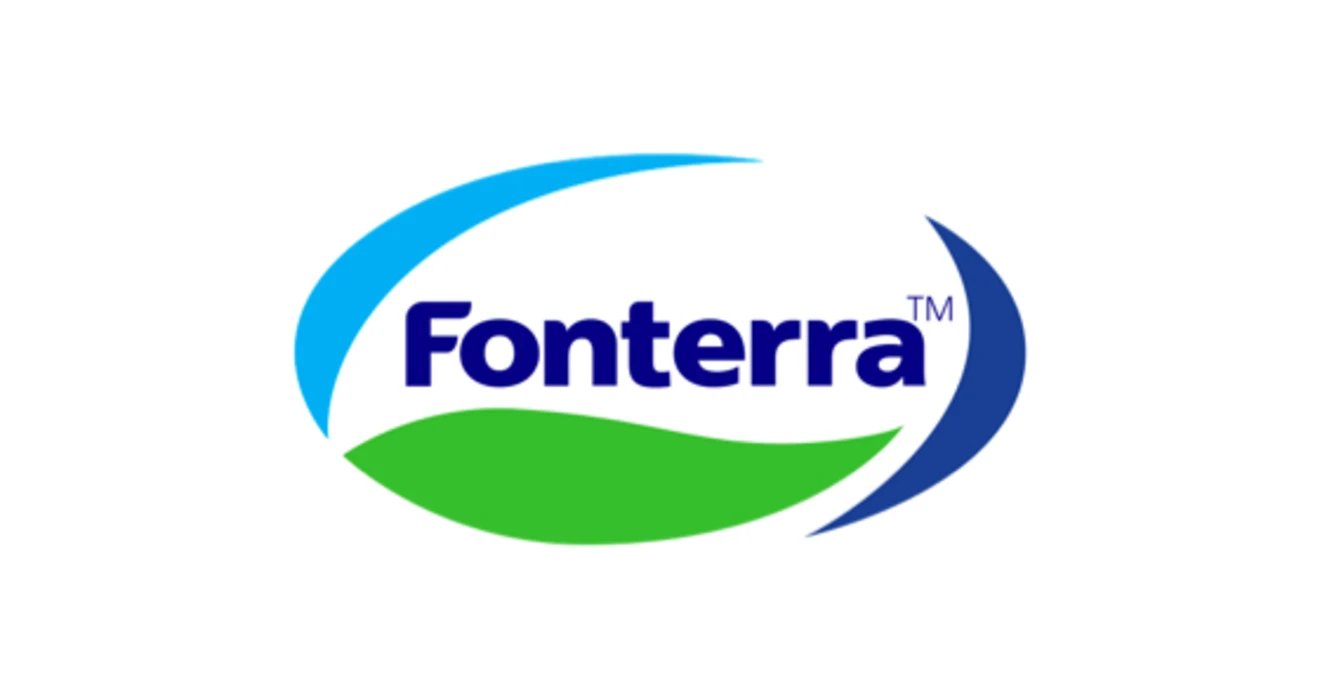Fonterra Co-operative Group Ltd
Key Information
HQ:
New Zealand
Market Cap:
$4.73bn
Primary Market:
Asia
Business Type:
Protein Producer
Company Information
Company Summary
Fonterra Co-operative, founded in 2001 and based in Auckland, New Zealand, is a key leader in the dairy industry. The company collects, manufactures, and sells a wide range of milk and dairy products, including whole and skim milk powders, cream, yogurt, butter, and cheese. Fonterra also operates in the ingredients, consumer goods, and foodservice sectors. The company has established a strong international presence, with operations across New Zealand, China, Australia, Indonesia, Malaysia, and various other regions.
Revenue
Total revenue:
$15.2bn
Revenue by Geography
Revenue by Protein
Revenue by Product Type
Disclosures
CDP ScoresLast Reviewed: 16/10/2024
| CDP Climate | CDP Forests | CDP Water |
|---|---|---|
| Yes | Yes | Yes |
Science Based Target initiativeLast Reviewed: 16/10/2024
| Target classification | Status | Date |
|---|---|---|
| 1.5°C | Targets Set | 2024 |

